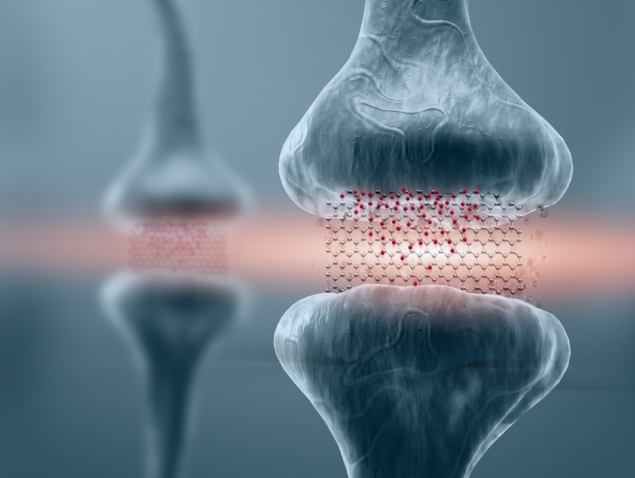Nowadays technological development is an essential part of human life by controlling as well as regulating the entire process through the advanced way. Huge amount of data is being created and it’s growing faster than ever before. So undoubtfully, we can confirm that storing and transferring of data is important as well in day to day life.
Graphene is the most modern concept, invented as a future concept of energy storing devices. As a promising concept of nanotechnology, it has a unique combination of superb properties. Graphene renowned as the world’s thinnest and also the strongest material and conducts heat better than the rest of the materials also a great conductor and found optically transparent.
Graphene was first demonstrated by Andrew Geim and Konstantine Novoselov, physicists from the University of Manchester, in 2004 (they received the Nobel Prize in 2010) scientists argued that strictly 2D crystalline materials were thermodynamically unstable.
Recently a team of scientists found the graphene-based memory resistor (memristor) that exists in many different states. The masterminds of the project are Thomas Schranghamer, Aaryan Oberoi, and Saptarshi Das at Pennsylvania State University in the United States.
As we know, a memristor is a non-linear two-terminal electrical unit regarding electric charge and magnetic flux linkage, narrated in 1971 by Leon Chua an American electrical engineer and computer scientist completing a theoretical concept of fundamental electrical components which involves in the resistor, capacitor, and inductor.
The significance of this technology is very interesting because it’s adapted from a particular part of the human nervous system called the synapse, a neuronal junction, the site of transmission of electric nerve impulses between two neurons and a gland or muscle cell.
So this adapted technology will lead to new developments in high speed and energy-efficient, space-deducted neural connections, which could be sped up the different levels of commercial applications in the future. If this gets implemented then we’ll see the wide use of the technology consisting of graphene-based memristors will make an outstanding impact in the future and we can hope it will enhance life through the next level. Moreover, the significance of innovative technologies is essential to enhance the future.

